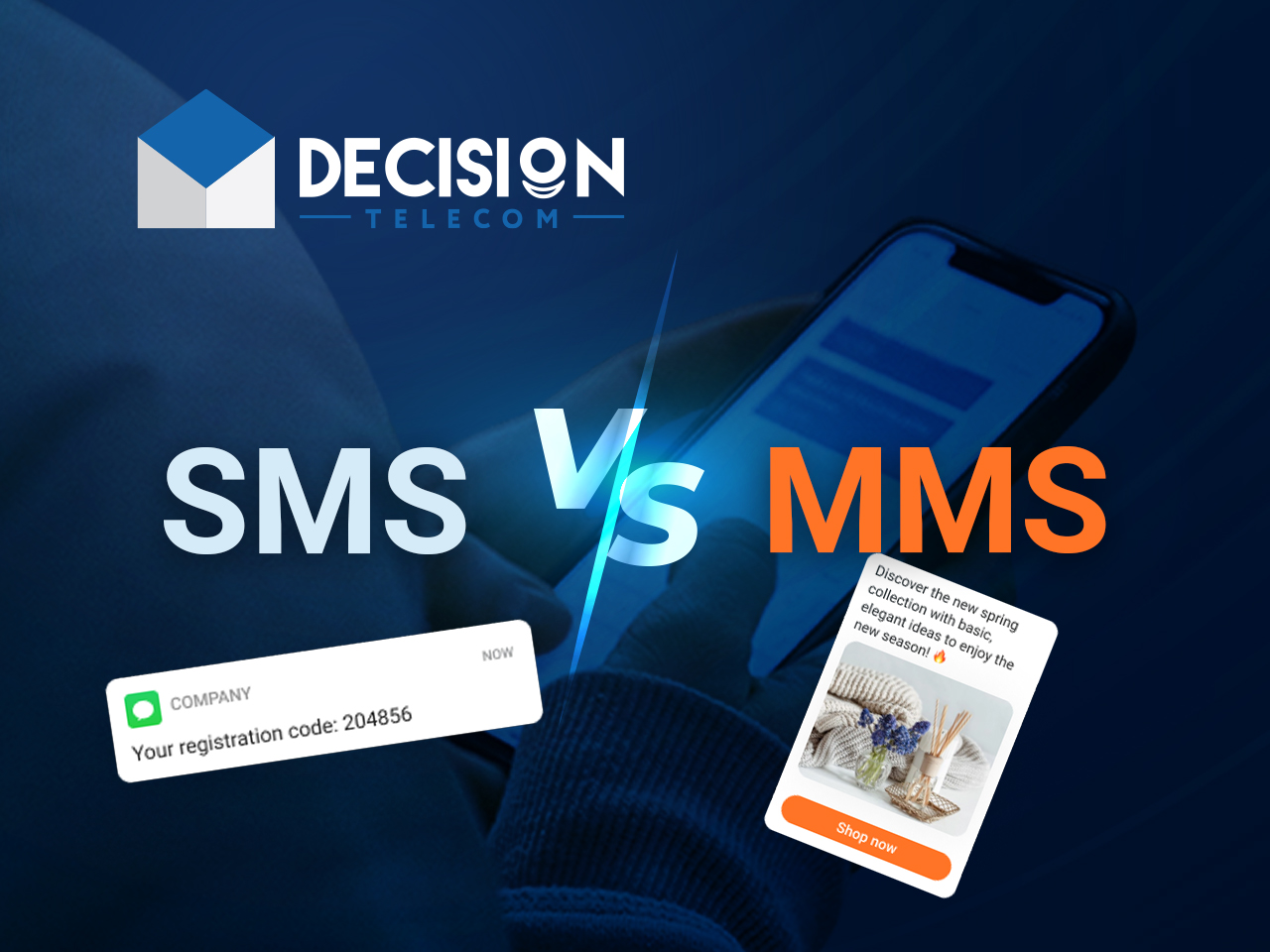MMS video has become an integral part of our daily communication, allowing users to share multimedia content seamlessly. In this article, we will explore the intricacies of MMS video, its benefits, how it works, and its significance in the evolving landscape of digital communication. Whether you are a tech enthusiast or just curious about MMS video, this guide will provide you with valuable insights.
The advent of mobile technology has revolutionized the way we communicate. MMS, or Multimedia Messaging Service, extends the capabilities of SMS (Short Message Service) by allowing users to send not only text but also images, audio, and video clips. This article will delve into the world of MMS video, its features, and its impact on modern communication.
As we navigate through the various aspects of MMS video, we will also highlight its advantages, address common questions, and provide tips for optimizing your experience. By the end of this article, you will have a comprehensive understanding of MMS video and its role in enhancing communication.
Table of Contents
- What is MMS Video?
- How Does MMS Video Work?
- Benefits of MMS Video
- MMS Video vs SMS Video
- Common Issues with MMS Video
- Best Practices for Sending MMS Video
- The Future of MMS Video
- Conclusion
What is MMS Video?
MMS video refers to video content sent through the Multimedia Messaging Service. Unlike traditional SMS, which is limited to text, MMS allows users to send video files up to a certain size, depending on their mobile carrier. This feature enhances communication by enabling users to share moments more vividly and engagingly.
Understanding MMS
The Multimedia Messaging Service was developed to provide a richer communication experience. Here are some key features of MMS:
- Supports images, audio, and video files.
- Allows sending messages up to a specific size, typically between 300KB to 1MB, depending on the carrier.
- Can include a subject line, similar to an email.
- Available on most mobile devices and networks.
How Does MMS Video Work?
The process of sending an MMS video is relatively straightforward. Here’s how it works:
- The sender composes a message and attaches the video file.
- The message is sent to the recipient's mobile number.
- The mobile carrier processes the message and delivers it to the recipient's device.
- The recipient receives a notification and can view or download the video.
Technical Aspects of MMS
MMS operates over cellular networks and requires a data connection to send and receive messages. The video file is encoded and may be compressed to meet the size restrictions set by mobile carriers.
Benefits of MMS Video
MMS video offers several advantages that enhance communication:
- Rich Content Sharing: Users can share experiences and moments through videos, making communication more personal and engaging.
- Convenience: Sending videos via MMS is quick and easy, requiring only a few taps on a mobile device.
- Compatibility: MMS is supported on most mobile devices, ensuring widespread accessibility.
- No Internet Required: Unlike other messaging apps, MMS does not require an internet connection, making it useful in areas with limited connectivity.
MMS Video vs SMS Video
While both MMS and SMS allow users to send messages, there are key differences between them:
- Content Type: SMS is limited to text, while MMS supports multimedia content, including videos.
- Message Size: SMS messages are typically restricted to 160 characters, whereas MMS can accommodate larger files.
- Cost: Sending MMS may incur additional charges compared to standard SMS, depending on the carrier.
Common Issues with MMS Video
Despite its advantages, users may encounter some common issues when sending or receiving MMS videos:
- File Size Limitations: Sending large video files may fail due to size restrictions set by mobile carriers.
- Network Issues: Poor signal strength can lead to failed message delivery.
- Compatibility Problems: Some older devices may not support MMS or have limited capabilities.
Best Practices for Sending MMS Video
To enhance your MMS video experience, consider the following best practices:
- Optimize Video Size: Compress your video files to ensure they meet carrier size limits.
- Check Compatibility: Ensure that the recipient’s device supports MMS.
- Use Clear Subject Lines: Include a brief subject to inform the recipient about the content of the video.
- Test Before Sending: If sending important videos, test the sending process with a friend first.
The Future of MMS Video
As technology continues to evolve, so does the landscape of multimedia messaging. The future of MMS video may include:
- Higher Quality Videos: Advances in compression technology could allow for higher quality video sharing.
- Integration with Social Media: MMS may evolve to integrate more seamlessly with social media platforms.
- Enhanced User Experience: Improvements in mobile network infrastructure could lead to faster delivery and better reliability.
Conclusion
In conclusion, MMS video plays a vital role in modern communication, enabling users to share multimedia content easily. Understanding how MMS works, its benefits, and best practices can enhance your messaging experience. If you have any experiences or tips regarding MMS video, feel free to leave a comment below. Share this article with others who might benefit from it and explore more of our content for further insights.
Thank you for reading! We hope to see you again for more informative articles.

/what-is-sms-mms-iphone-2000247-Final-5c38a50846e0fb0001673a66.png)
